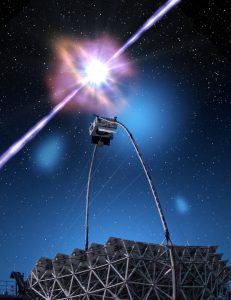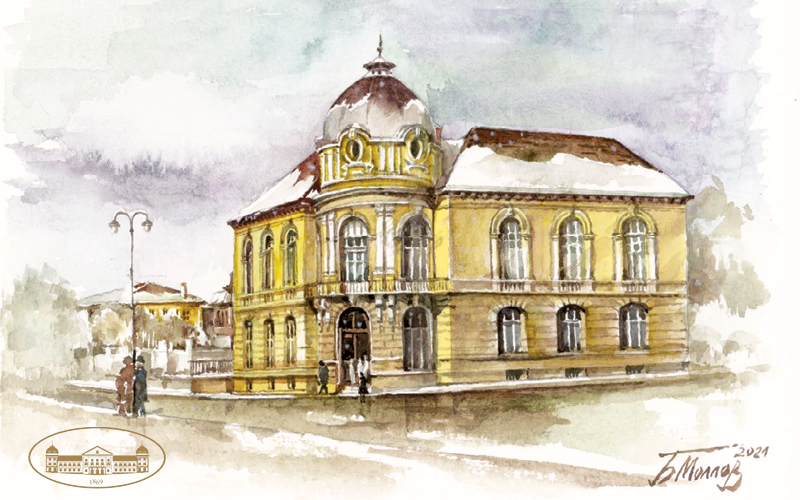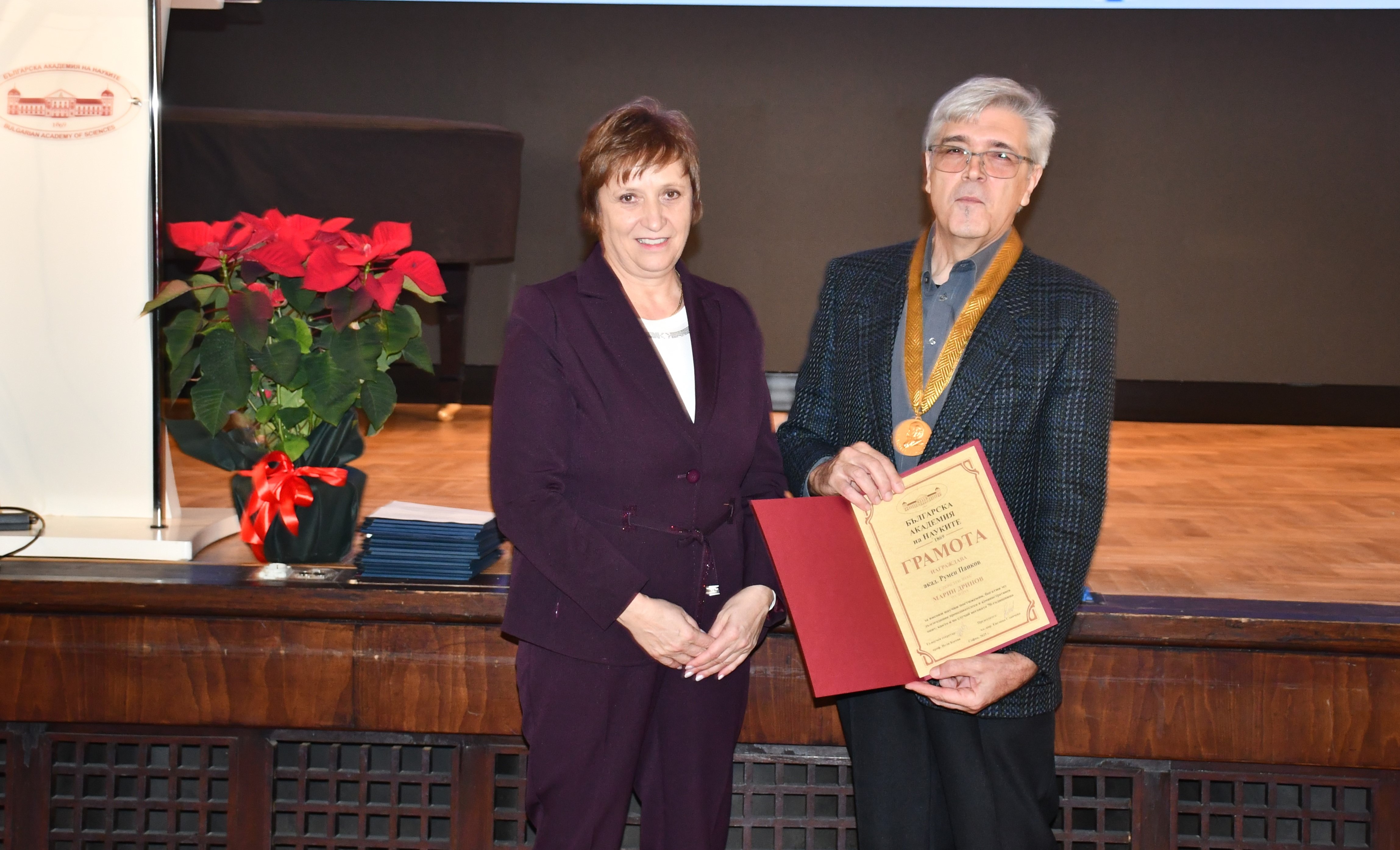 For over 15 years, the three largest gamma-astronomical experiments in the world, HESS (in the Namibian Mountains), MAGIC (on the volcanic top of La Palma Island, Canary Islands) and VERITAS (in the Arizona desert) have been looking for evidence of very high energy electromagnetic emission (over 1 teraelectronvolt) from cosmic gamma-ray bursts.
For over 15 years, the three largest gamma-astronomical experiments in the world, HESS (in the Namibian Mountains), MAGIC (on the volcanic top of La Palma Island, Canary Islands) and VERITAS (in the Arizona desert) have been looking for evidence of very high energy electromagnetic emission (over 1 teraelectronvolt) from cosmic gamma-ray bursts.
The Institute for Nuclear Research and Nuclear Energy (INRNE) of BAS has been actively involved since 2005 in the MAGIC collaboration. It was created to study cosmic gamma radiation through the construction, development and operation of a complex of two Cherenkov telescopes and brings together about 170 scientists from 12 countries.
Gamma-ray bursts are the brightest after the Big Bang short electromagnetic cosmic explosions that occur daily in the sky at an unpredictable place and time. They were first registered in 1967 by US VELA satellites whose task was to monitor the Soviet Union’s nuclear experiments. The reported short gamma-ray fluxes were assumed to be the result of secret nuclear tests by Soviet physicists, and the observations were kept secret. In 1973, after years of research, scientists at the Los Alamos Laboratory declared to the world scientific community the discovery of an unknown cosmic phenomenon, “gamma-ray burst”. Due to its inexplicability, it was declared the “mystery of the universe”.
Although gamma-ray bursts were detected half a century ago, the origin of the phenomenon is still unclear. They are thought to be the result of the collapse of massive stars or the fusion of neutron stars in distant galaxies. Gamma-ray bursts start with an initial, very bright flash called a rapid emission, lasting from seconds to hundreds of seconds, followed by continuous radiation across a broad electromagnetic spectrum called “afterglow.”
After fifteen years of constant searching, on 14 January 2019, MAGIC telescopes were able to detect, for the first time in the world, a gamma-ray burst accompanied by the emission of electromagnetic quanta in the field of highest energies (teraelectronvolt, 1012 eV). The discovery was made after pointing telescopes to the burst region, signaled by satellites registering low-energy photons. Within half an hour, the experiment was able to detect about 1000 gamma-quanta with energy above 1012 eV. MAGIC thus adds a new space ambassador to the “multimessenger” astrophysics of gamma-ray bursts – teraelectronvolt photons.
The scientists from INRNE Prof. P. Temnikov, Assoc. Prof. G. Maneva, Chief Assistant M. Makariev and physicist M. Minev are part of the international team of MAGIC, author of the discovery. The participation of the Bulgarian scientists in the experiment is supported by the Ministry of Education and Science through the CTA-MAGIC project of the National Roadmap for Scientific Infrastructure.
The discovery of teraelectronvolt photons from cosmic gamma-ray burst was published in two articles in the journal “Nature”:
- Acciari, V. A. … Makariev, M., Maneva, G., Minev, M., Temnikov, P., et al. “Teraelectronvolt emission from the γ-ray burst GRB 190114C”, Nature ,v. 575, pages455–458 (2019)
- Acciari, V. A. … Makariev, M., Maneva, G., Minev, M., Temnikov, P., et al. “Observation of inverse Compton emission from a long γ-ray burst”, Nature, v. 575, pages459–463 (2019)





